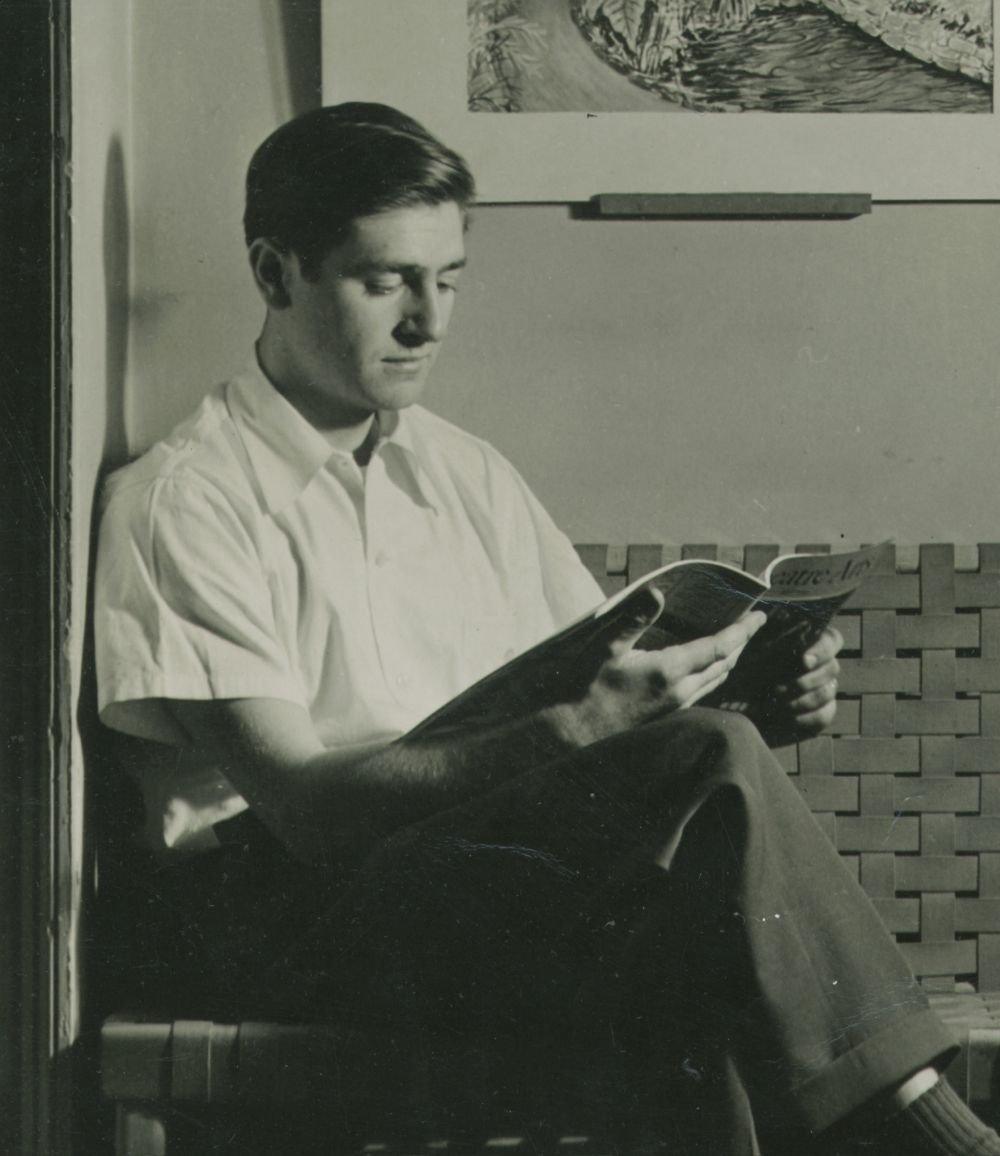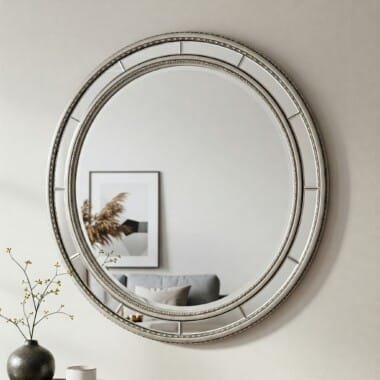Iconic for its shapely molding and famous history, the Cherner Chair was considered a pinnacle of style from its inception. Built with a deceptively simple-looking wooden frame, the piece is actually the result of several unique manufacturing techniques. Not only is the chair built on great design principles and excellent craftsmanship, but the design itself is also steeped in history. Read on to learn more about the background of this fabulous piece, and how it’s created for today’s customers.

Origins of Intrigue
Architect and designer Norman Cherner initially created the first Cherner Chair in 1958 as a piece for a furniture manufacturer’s collection. Controversy ensued as the manufacturer misinformed him that the chair had been rejected for their collection. In actuality, the company had produced the chair under a different name. After seeing his striking design in production, Cherner sued the manufacturer for royalties on his original design.
When he won the case for his piece, Cherner finally had his name attached to his signature design. As luck would have it, in 1961–the same year as the lawsuit–Cherner’s striking piece was immortalized by Norman Rockwell on a cover of The Saturday Evening Post. After the issue was released, the chair became an icon of sixties style, alongside other classics like the Eames Lounge Chair.
Unfortunately, the manufacturer ceased production on the chairs after almost twenty years, and the chairs were no longer available to the public. Between the late 1970s and 1999, after the chairs were discontinued, viewers could instead only find Cherner chairs sitting in design museums and galleries. Fortunately, Norman Cherner’s sons joined forces to create The Cherner Chair Company in 1999, to revive and produce their father’s design, which is now sold alongside other furniture pieces created by the family team.

Production
One of the most fascinating aspects of the Cherner Chair is the three different processes required to form the wood components used for each piece. Each element of the construction is essential to creating the quality final piece that is a Cherner Chair.
First, the seat of the chair is created from molded plywood. The molded plywood shell is constructed of 7 plies at the perimeter of the shell to 15 plies at the top of the piece. Glue is applied to the face of each ply, and then the constructed shell is placed in a mold at high temperature. Finally, the shell is trimmed by a CNC router, and each piece is hand finished.

The chair’s four legs are formed from laminated wood–again utilizing plies. Each ply runs in the same direction, rather than the crossed plies of the seat shell, to unify each unit. After the legs are formed, they are also molded at a high temperature, finished by hand, and attached to the shell seat.
The elegant arm, which is bent all the way around from the back as if the chair has its hands on its hips, is steam bent into perfect shape. Amazingly, this element is made completely from solid wood, rather than plies like the other parts. Before it is bent, it extends almost six feet in length. The result is a continuous, ribbon-like appearance that enhances the sculptural body of the chair.
This complex fabrication process is remarkably similar to the process originally utilized by the production team of the original Cherner chairs. The biggest difference, according to Benjamin Cherner, is “the subtle asymmetry of the original chair shell.”

Originally, manufacturing involved using a hand router to trim each shell. This process resulted in each piece having slight differences in shape. Now, the Cherner Chair Company uses digital imaging to trim the edges of the seat, rather than hand-trimming, which means each chair has the same signature shape. Still, the company relies on the time-tested practices of molding and hand-finishing that their father’s chair pioneered in the ’60s.
Sustainability and the Future
The Cherner Chair company has prioritized sourcing environmentally conscious wood when creating their chairs. In production, too, the company ensures that little material is put to waste. The company is careful with what they create as well, only releasing pieces when they feel they’ve designed something that will have longevity. In an industry that prioritizes fast merchandising and fleeting trends, Cherner stands out as one with an eye for self-restraint, great design, and stellar craftsmanship.

“The real sustainability is in the quality of the product,” says Benjamin Cherner. “Our primary environmental philosophy is that you will never find a Cherner Chair in a landfill. The Cherner Chair as well as other Cherner products are manufactured to last, to cherish, and to hand down to future generations.”
With goals like these, it’s no wonder that each Cherner Chair is considered a classic piece, from the day of its creation to when it’s brought into a family’s home to be enjoyed for years to come. The same techniques used to create the range of dining and lounge chairs and stools are also employed to create coordinating tables, desks, and storage pieces.
https://ledmirror.in/product/led-mirror-with-red-backlighting-modern-stylish-design-for-home-and-office-decor/ https://ledmirror.in/product/marvelous-led-mirror-rectangle-wall-mirror-in-silver-colour/











